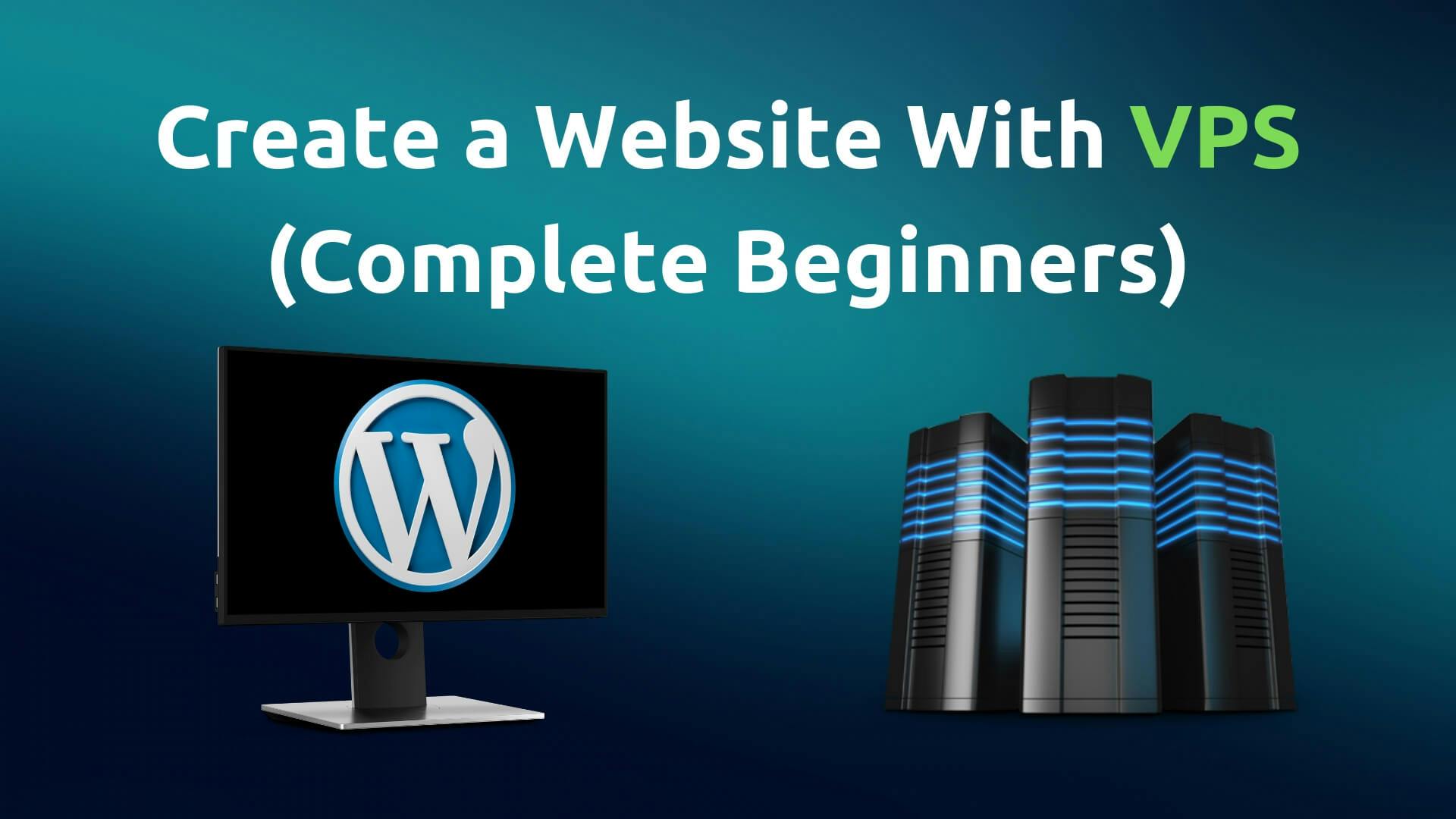
Create a Website with VPS (Complete Beginners)
Updated
Creating a website is fairly simple, but will it be fast in the long-term? Learn how to manage and create a WordPress website under VPS Hosting!

Intro
Installing a website under VPS Hosting will be a breeze.
WordPress is an amazing CMS to make any site that's out there.
It is especially favored by non-techies who aren't well-versed with HTML and CSS, which earns its place as a user-friendly CMS.
At the start of a new fresh installation, WordPress will be snappy in any occurrence since it's only the bare minimum, but what if you began to have a plethora of content?
Over time, WordPress will start to gain traction with the number of files it will need to manage.
Sure, getting rid of unused plugins and themes will do the trick, but will it work if it cannot be removed any further?
The Real Slowdown
Most might not realize; it's actually the hosting plan that's causing the slowdowns.
One of the most infamous web hosting platforms that do not serve the end-user well are ones that are part of the EIG.
The EIG is well-known for the poor decisions they make that cause a new fantastic hosting company to go down the drain.
Popular hosting companies such as HostGator and BlueHost have been victims of their actions, being prone to sluggish speeds with any domain towards customers worldwide.
Avoid any of these at all costs.
Personally, I do not pay for hosting because Netlify is something new that developers can take advantage of.
If you're not a developer and enjoy the convenience of WordPress, then I'd recommend only 2 options for web hosting:
- WPX Hosting
- Cloud VPS Hosting (such as DigitalOcean, Vultr, etc.)
What does the server manage?
At the core, web hosting manages your websites, making sure their uptime is indefinite.

They manage the server for you, keeping it updated regularly.
This might sound like a great deal for the average novice, but in reality, most choose a Shared Hosting tier.
Shared hosting lets the user bargain with a server that's already being used by others.
If the server is shared by many people, then it won't be able to disperse enough resources for each user.
Also, if one user's website(s) causes slowdown, it will affect everyone.
Best Alternative
The best one anyone can use is VPS Hosting.
It's just as fast and even more convenient than having your own home server.
VPS stands for "Virtual Private Server".
It's a server that lets you have root access (complete control) all the time.
Especially with the help of cPanel installed on the VPS, the control panel will accomplish administrative tasks easily.
cPanel is the frontend of the control panel for the server host, lowering the difficulty for non-techies to navigate through the VPS.
Also, since the server allocates all of its available resources towards only the host, there won't be anyone else causing slowdowns.
It might not sound like much, but once you see the difference, you'll start to realize the benefits of having such a speedy site on a VPS.
Want to create with your first domain and site?
Resources
Commands
log into the server
ssh root@(your_ip)
update the server
yum update
reboot
setup server w/ cPanel
yum install perl
hostname centos.(your_domain)
yum install screen wget
wget -N http://httpupdate.cPanel.net/latest
chmod +x latest
bash latest
Login to WHM
https://(your_ip):2087
Configure HTTPS on .htaccess
RewriteEngine On
RewriteCond %{HTTPS} off
RewriteRule ^(.*)$ https://%{HTTP_HOST}%{REQUEST_URI} [L,R=301]
Conclusion
After applying each setting, you should have a responsive website that will remain quick and snappy under the VPS.
Never again do you have to worry about that one bozo slowing your website when you're on a VPS.
If you would like to become more familiar with the command line when managing the VPS as the host, I'd recommend using a challenging Linux distribution like Arch Linux.
